Learn From Takamatsu Artisans! 5 Ways To Enjoy Bonsai

Bonsai is a living art that is appreciated worldwide. Takamatsu City in Kagawa is known as the leading domestic producer of these prized pines. In this article, we asked the father-daughter duo of Hanazawa Myoshun-en to teach us unconventional ways to enjoy this tradition.
Bonsai: A Living Art
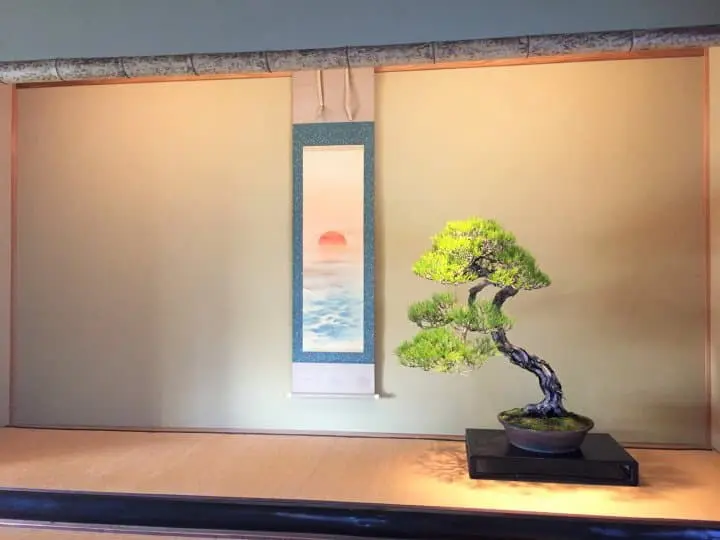
Picture courtesy of Hanazawa Myoshun-en
Bonsai is an art form that involves trimming and treating a potted plant.
The tradition originated over 2,000 years ago in China. After reaching Japan, bonsai evolved with the teachings of Zen Buddhism. Today, its popularity has spread across the globe.
Since this "living art" has cultivated a long history, it has a great deal of depth to explore!

According to a Japanese bonsai specialist, "Bonsai are living beings. If you fail to water them, they will begin to wither. They also require pruning to maintain their shape. As you continue to take care of your bonsai, they become more lovable."
He adds, "I don't refer to bonsai as 'it' or 'that.' Rather, I call them 'my children.'"
These are the words of Takahito Hanazawa, the fifth generation owner of Hanazawa Myoshun-en bonsai garden. With his daughter Michiko, he currently teaches people creative ways to enjoy the pastime of bonsai.
Hanazawa Myoshun-en: Visit the Heartland of Bonsai Culture
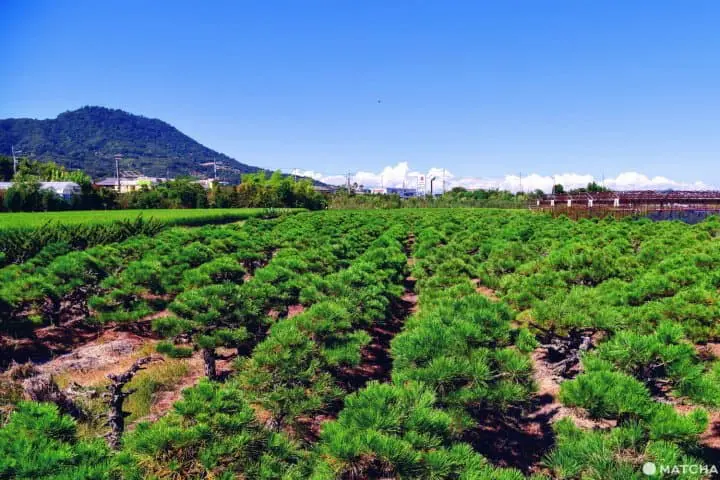
The city of Takamatsu in Kagawa is the top domestic producer of pine bonsai.
With warm temperatures, long hours of sunlight, and little rain, Takamatsu has an ideal climate for growing pine. For over 200 years, the region has been cultivating pine trees for bonsai.
Today, Takamatsu is home to around 60 bonsai farms. Opened in April 2020, Takamatsu Bonsai-no-Sato sells these ornamental trees at a reasonable price.
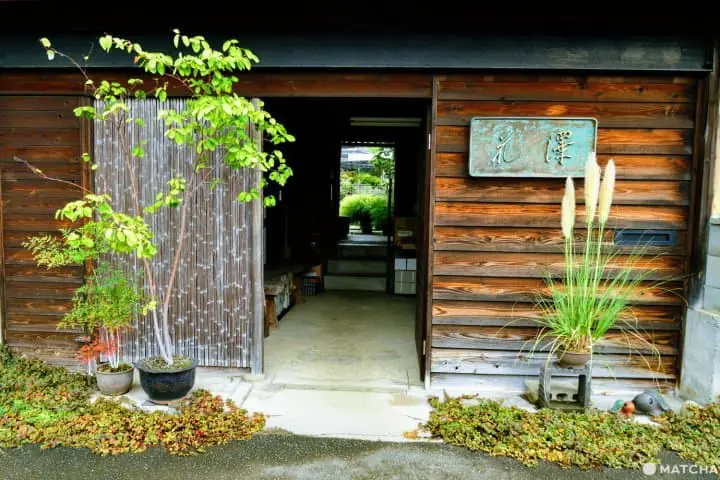
People interested in bonsai often visit Hanazawa Myoshun-en. In addition to offering a variety of specimens, they offer beginner classes every month.
You may think of bonsai as pine trees shaped into rigid forms, but the Hanazawas want to introduce people to fun, creative ways of appreciating this traditional art form. Thus, the father-daughter duo has been crowned entertainers of the bonsai world!
Five Ways to Enjoy Bonsai
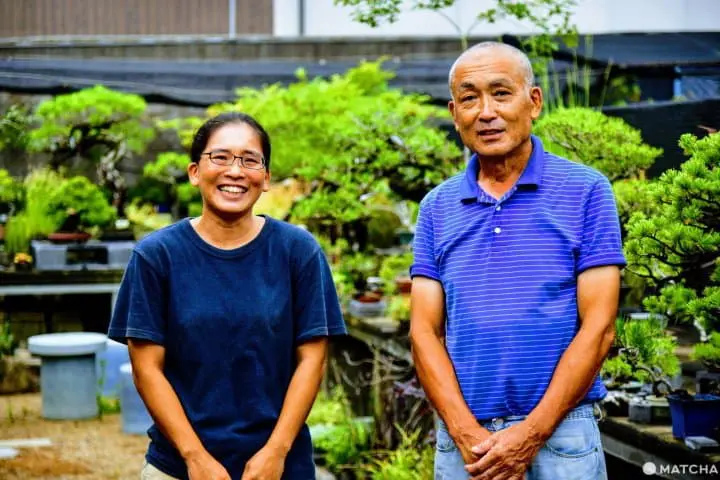
On my visit to Hanazawa Myoshun-en in September 2020, the sky was dark and gloomy. However, Takahito Hanzawa and his daughter Michiko welcomed me with bright smiles.
I asked the Hanazawas for advice on enjoying bonsai in creative, unconventional ways.
1. Freedom to Create Any Shape and Size
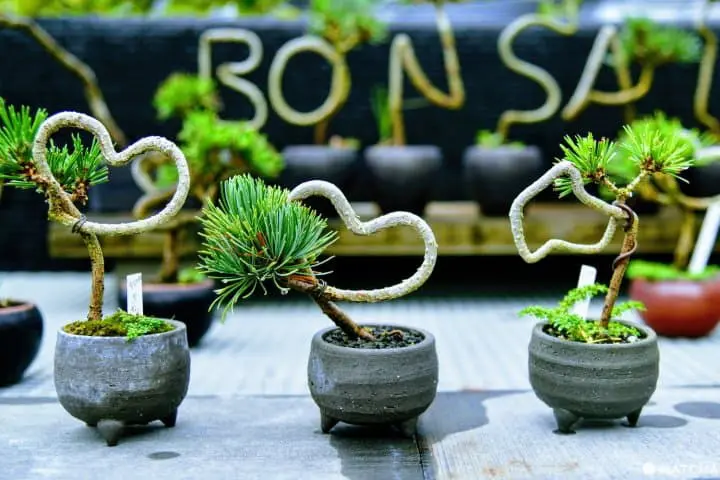
Wiring is an essential step, used to shape bonsai trees over the course of several years.
If the wires are not applied at particular times and in specific ways, the tree can snap under its own weight. As long as you abide by these basic rules, the bonsai can be grown to your desired shape.
As pictured above, the trees shaped in the word "BONSAI," as well as the adorable heart shapes are both works by Michiko. At Hanazawa Myoshun-en, you will also find bonsai shaped into stars, circles, and other fun configurations.
2. Choose From a Selection of Stylish Pots
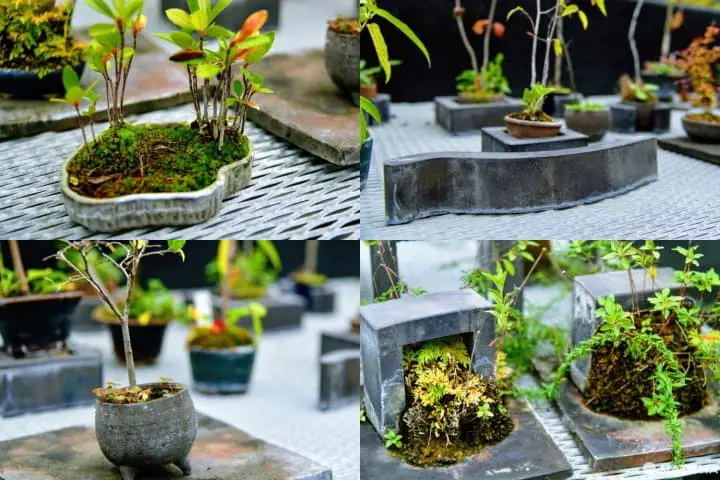
Pots play a significant role in the overall composition of bonsai. By selecting pots with unique shapes, you can add personal touches to your bonsai display.
In addition to shapes, you can find an array of pottery styles, such as Shiragaki and Bizen-ware. The ways to personalize your bonsai are limitless!
3. Find Bonsai beyond Basic Pine Trees
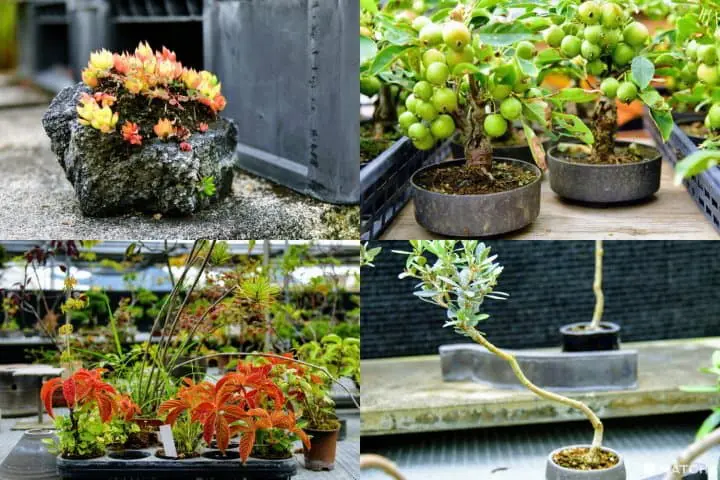
Bonsai are typically made from pine or juniper trees. This is mainly because these tree varieties are easier to shape.
But there is no rule against using different plants. For example, you can create bonsai from apple trees (pictured on the top right) or olive trees (bottom right). Additionally, Hanazawa Myoshun-en features bonsai using wild grasses and flowers.
If you can use any tree or plant, what makes bonsai special? Unlike regular potted plants, bonsai is an art form that requires human touch. The spirit of bonsai involves pruning plants and choosing pots that best express your personality.
4. Decorate Your Bonsai with Figurines
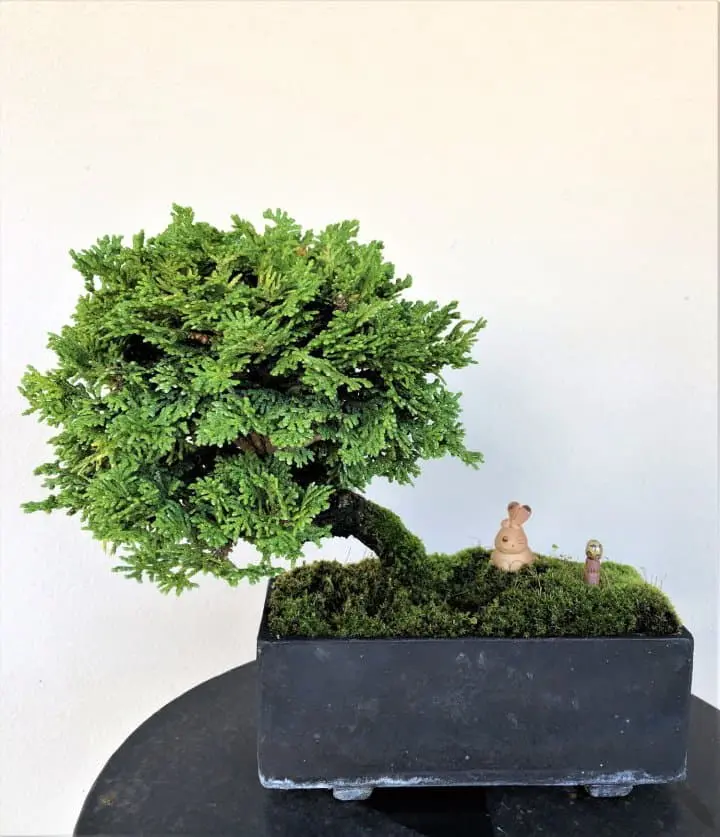
Picture courtesy of Hanazawa Myoshun-en
You can also decorate your bonsai with small objects. Create a Christmas-themed composition with snowmen figurines, or transform your bonsai into an island paradise with animal dolls.
Bonsai is a blank canvas to create your own story!
5. Enjoy Seasonal Bonsai with Your Entire Family
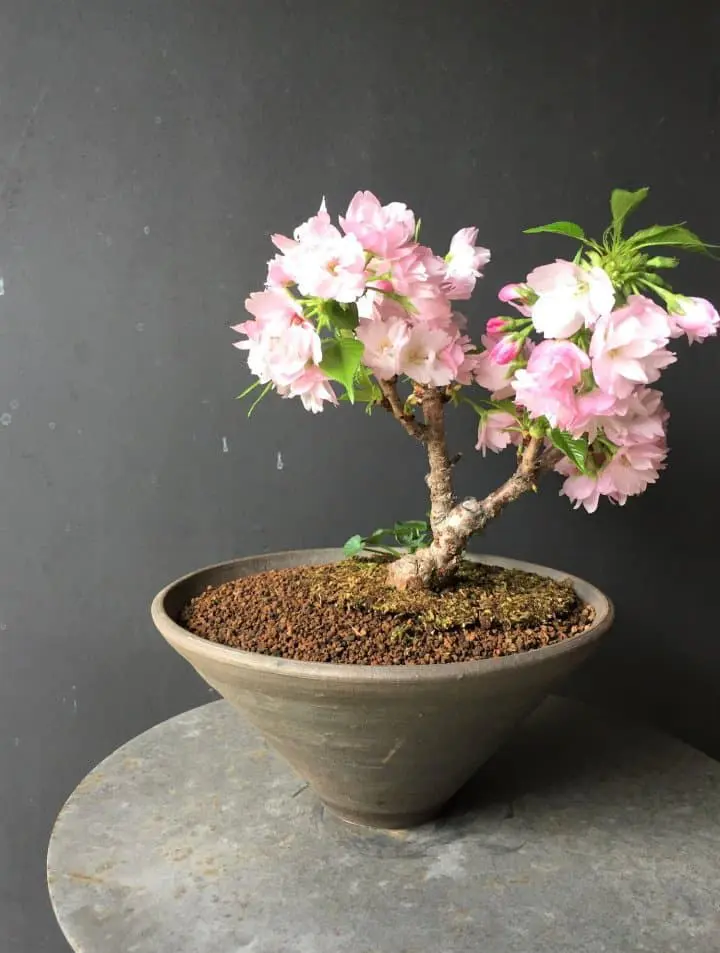
Picture courtesy of Hanazawa Myoshun-en
There are many bonsai enthusiasts who enjoy flowering bonsai trees. For instance, the picture above is a cherry blossom bonsai.
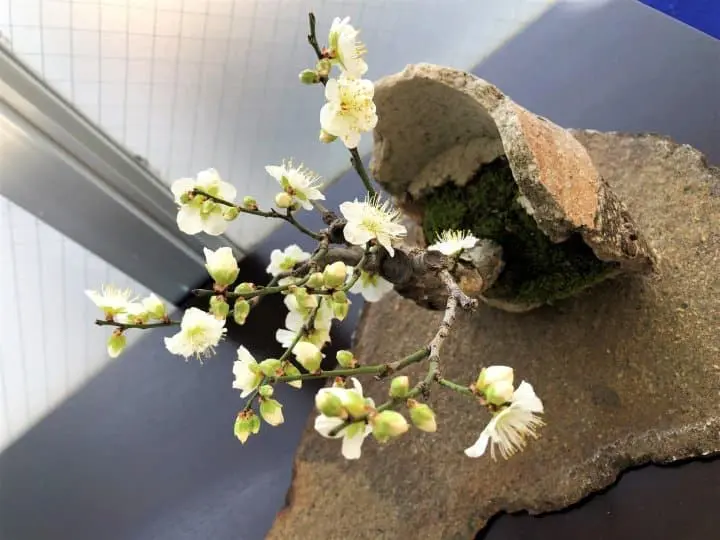
Picture courtesy of Hanazawa Myoshun-en
This photo is of a flowering plum bonsai.
Recently, Mr. Hanazawa has been encouraging families to enjoy the pastime of bonsai together. In addition to admiring pines year-round, you can look forward to plum and cherry blossoms in spring, autumn leaves in fall, and camellias in winter.
According to Mr. Hanazawa, "Nowadays, many families live apart. But if each family member makes their own bonsai, they can send pictures and update each other as the seasons change. By making bonsai a family activity, you can stay connected despite the physical distance."
Bonsai Emergency Service Offered at Hanazawa Myoshun-en
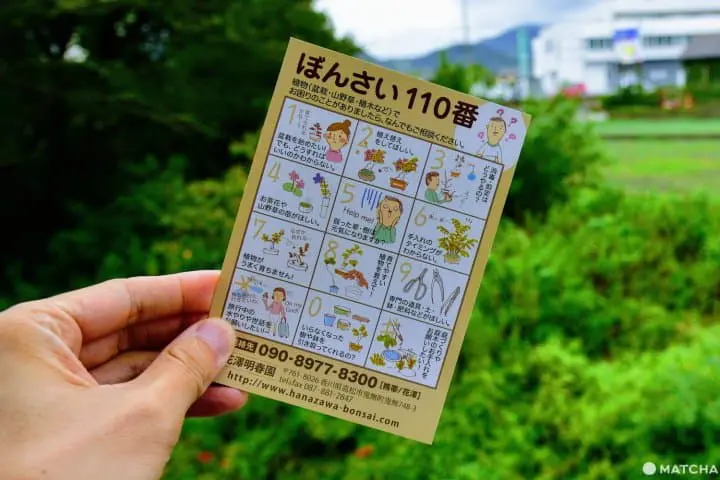
As I learned about the selection of pots and decorations, I started to get excited about bonsai!
However, I began to worry about whether I could properly wire, shape, and prune my bonsai.
For beginners like me, the Hanzawas offer bonsai classes and a support service called Bonsai 110 (*1). Bonsai 110 allows anyone to call Hanazawa Myoshun-en to ask for advice (*2).
*1: the emergency telephone number 110 is used in Japan to call the police. Bonsai 110 references this number because it is a helpline service.
*2: The bonsai classes and Bonsai 110 service are only available in Japanese.
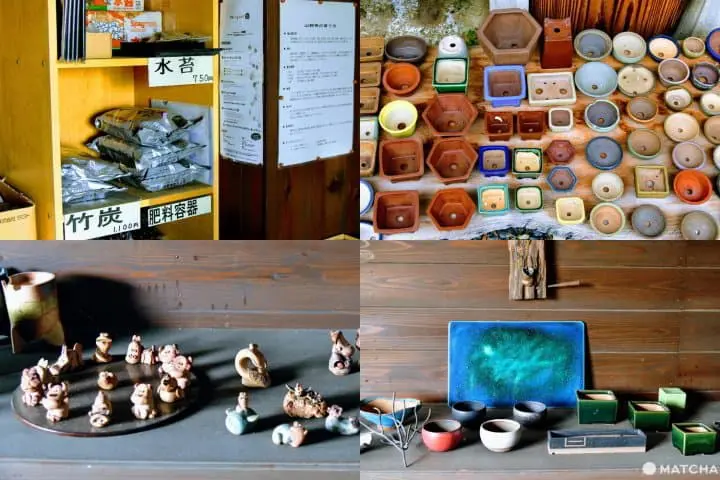
Hanazawa Myoshun-en is fully stocked with pots, fertilizers, and decorations for your bonsai. You will easily find tools and other essentials to begin.
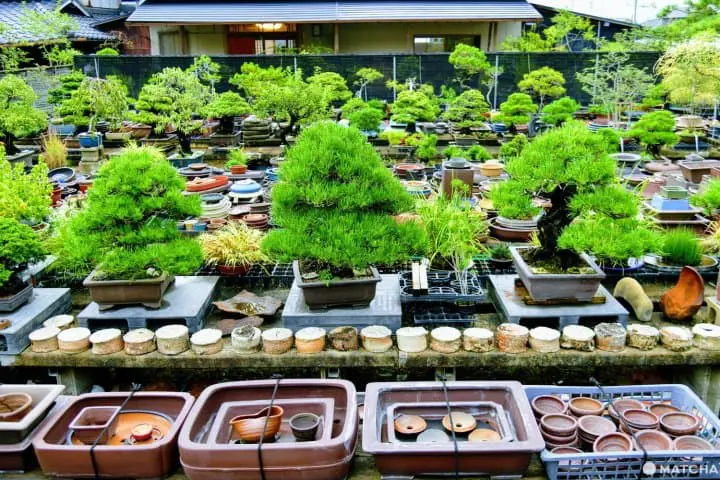
While the price of bonsai varies, you can pick one up for 3,000 to 4,000 yen.
Hanazawa Myoshun-en is a great place to start incorporating bonsai into your life (*3).
*3: Regulations on taking plants outside of Japan differ with each country/region. Make sure you check the plant quarantine information detailed by the Ministry of Agriculture, Forestry and Fisheries (MAFF).
Discovering a New Passion at 50!
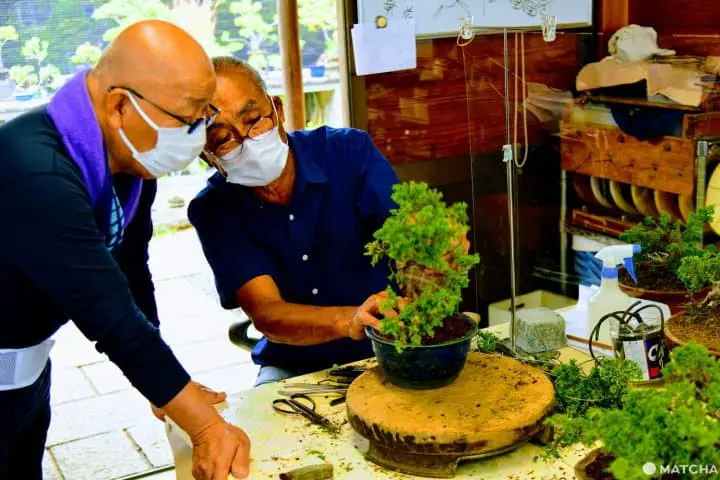
Mr. Hanazawa and Michiko promote ways to enjoy bonsai without being constrained by conventions. Nevertheless, bonsai culture typically tends to be more in line with tradition.
In fact, bonsai can cost as much as 100 million yen. Mr. Hanazawa has worked on bonsai that have ranged from several hundred thousand yen to over one million yen.
A turning point came when he was 50 years old. At the time, he was invited to teach a bonsai class.
Back then, Mr. Hanazawa was not interested in teaching beginners. But as he taught his students, he noticed smiles on their faces. Some thanked him for helping them better appreciate this art form. Mr. Hanazawa revealed, "It was a joy incomparable to making expensive bonsai."
After this experience, Mr. Hanazawa began holding his own classes. Word soon spread about his careful teaching, and some students even boarded midnight buses from the Kansai region to attend.
He candidly confessed, "I am 63 now. I only have about fifteen years left as a professional. I want to spend the rest of my career introducing the beauty of bonsai to as many people as I can. That is my hope."
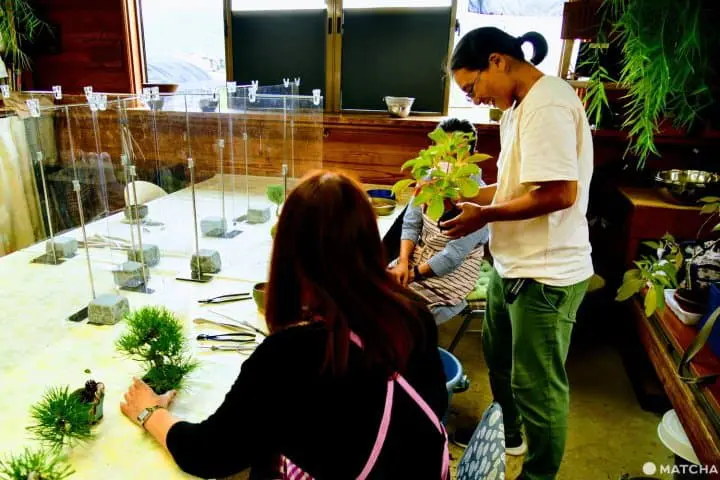
Meanwhile, Michiko returned to Kagawa Prefecture in 2006 after graduating college.
Witnessing the shrinking industry, to preserve the art by becoming a bonsai specialist.
Through her work, you can see that Michiko has a delicate approach to bonsai. It is exciting to see what compositions she will create in the future.
Passed on Through Generations
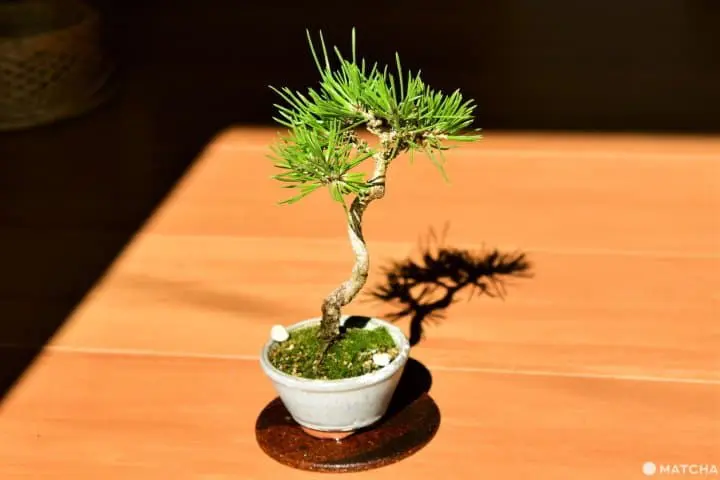
The bonsai our writer purchased at Hanazawa Myoshun-en.
Some bonsai are 200 to 300 years old. In other words, these prized plants are often passed down from one generation to the next.
Nowadays, our modern society places value on efficiency, change, and speed. Amidst our fast-paced world, the art of bonsai remains a beautiful and profound contrast, spanning years and even generations.
As I admire my new bonsai, I think about the activities that enrich our lives.
By visiting this quaint bonsai garden in Takamatsu, you might find a fulfilling hobby to further your appreciation for life.
In cooperation with Hanazawa Myoshun-en





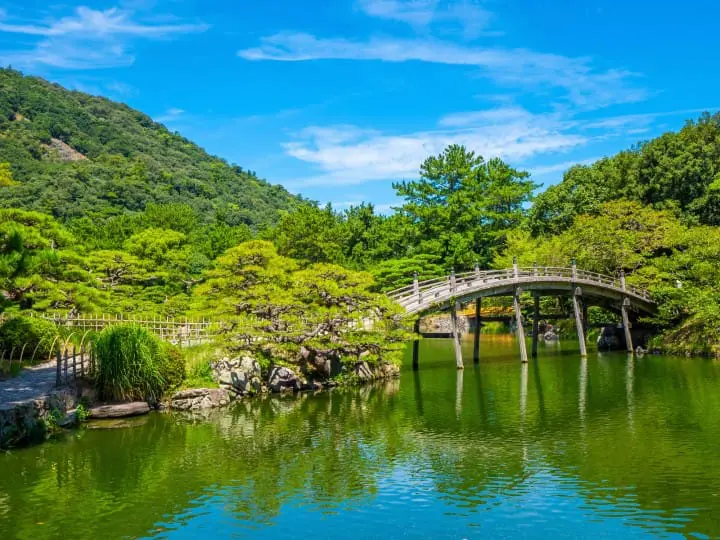



























![[2026] Top 5 Strawberry Picking Spots in Tokushima, Naruto| Farms and Access Guide for January to May](https://resources.matcha-jp.com/resize/720x2000/2025/03/06-227165.webp)
![[Yamanashi/ Hokuto City] 4 Hot New Spots Opening in 2026](https://resources.matcha-jp.com/resize/720x2000/2025/12/12-252747.webp)


